With 3 Lakh Trees, Jharkhand IFS Officer Transforms 5000-Hectare Forest In 4 Years
When IFS Vikas Ujjawal was posted in Jahrkhand’s Lohardaga Forest Division, the region was plagued with illegal tree felling and forest fires. Here’s how he increased green cover, generated employment for locals and boosted ecotourism.

when the 2016-batch Indian Forest Officer (IFS), Vikas Ujjawal, was posted as Divisional Forest Officer (DFO) he saw a plethora of problems that were responsible for the stunted growth of Jharkhand’s Lohargada district.
In the Naxal-affected region, the primary source of villagers’ income came from illegally felling trees and selling them to industries. Rampant forest fires, destruction of Sal stumps, violence between authorities and Naxalites were other issues that needed immediate attention.
Needless to say, these problems had dramatically reduced the overall green cover of Dubang-Salgi Protected forest in Kuru range of Lohardaga Forest Division and thereby dried up natural water streams. This forest area is spread over an area of about 5,000 hectares.
Cut to 2020 and the forest boasts of 3 lakh new plants. The rich biodiversity of the forest has been restored, which has led to the return of wildlife like sloth bear, fox, hyena, deer and porcupine and natural water streams.
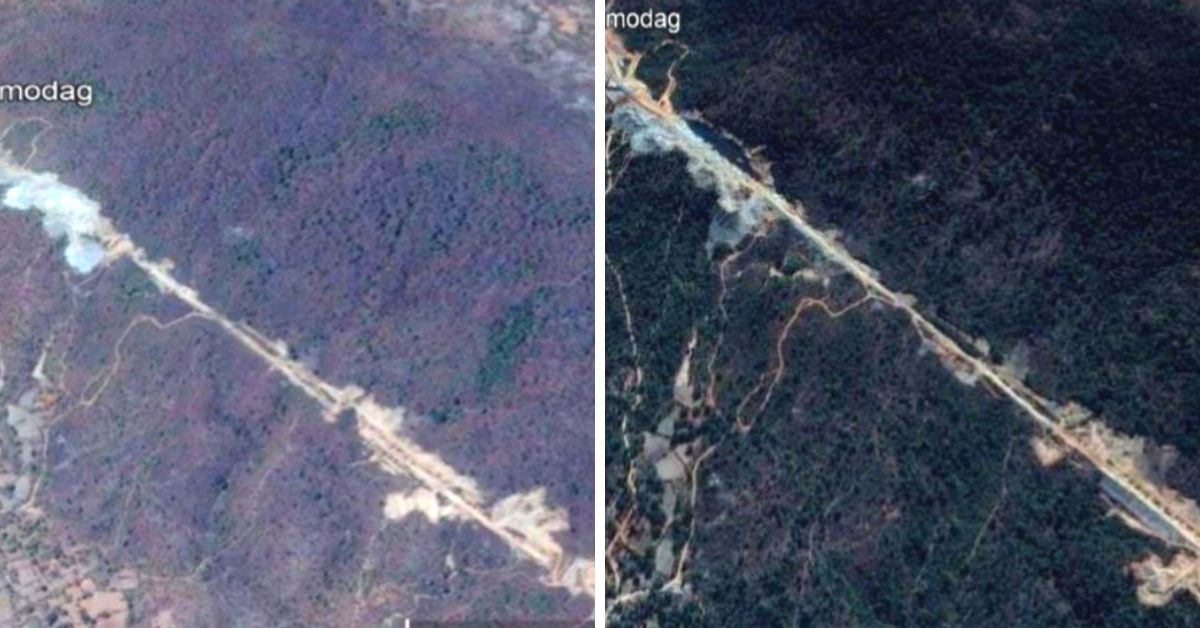
And what about people’s income?
They have been engaged in alternative livelihoods like beekeeping, bamboo craft and ecotourism. Some villagers are employed by the forest department as fire watchers.
And the man behind this 360-degree transformation is Vikas.
“This forest landscape is crucial for water security of Jharkhand as three important rivers i.e. Damodar, Sankh and Auranga originate from here. With better protection of forests, we have improved the water retention ability of the forest floor. Additionally, due to better vigilance of Joint Forest Management Committees (JFMC), we have reduced incidents of illicit felling. No major forest fires have occurred in the last four years,” Vikas tells The Better India.
Wonders that community driven conservation can achieve !!@JharkhandVan @swarup58 https://t.co/5xhYof9Wma pic.twitter.com/UrOY8pfV8F
— Vikash Ujjwal, IFS (@VikashUjjwalIFS) December 20, 2020
He further adds, “The population of Avifauna and other wildlife has risen which has a direct impact on pest control in nearby agricultural fields and the crop production.”
Braving death threats and cold shoulders from certain villagers, Vikas has set a shining example of what government and community-led initiatives can do. Here’s how he achieved the mammoth task and won people’s hearts.
Becoming A People’s Officer

Although this was Vikas’ first posting on completion of his academic training he knew that forest conservation and employment went hand-in-hand. So before restoring the ecology to its former glory, the IFS officer worked on generating livelihood opportunities.
To an outsider, this might sound like a catalyst for growth and development, but for the villagers, it meant breaking away from their routine.
So, he first convened a meeting with JFMCs, a unit that acts as a bridge between forest division and people. They comprise of villagers who convey local concerns to the range officers.
Only 11 JFMCs turned up out of 130 in the meeting and Vikas took this as a good sign.
“Solving local problems requires good listening skills and lots of patience. I heard all their concerns without any interruptions and assured the committee members of a solid plan benefiting the environment and people,” he recalls.
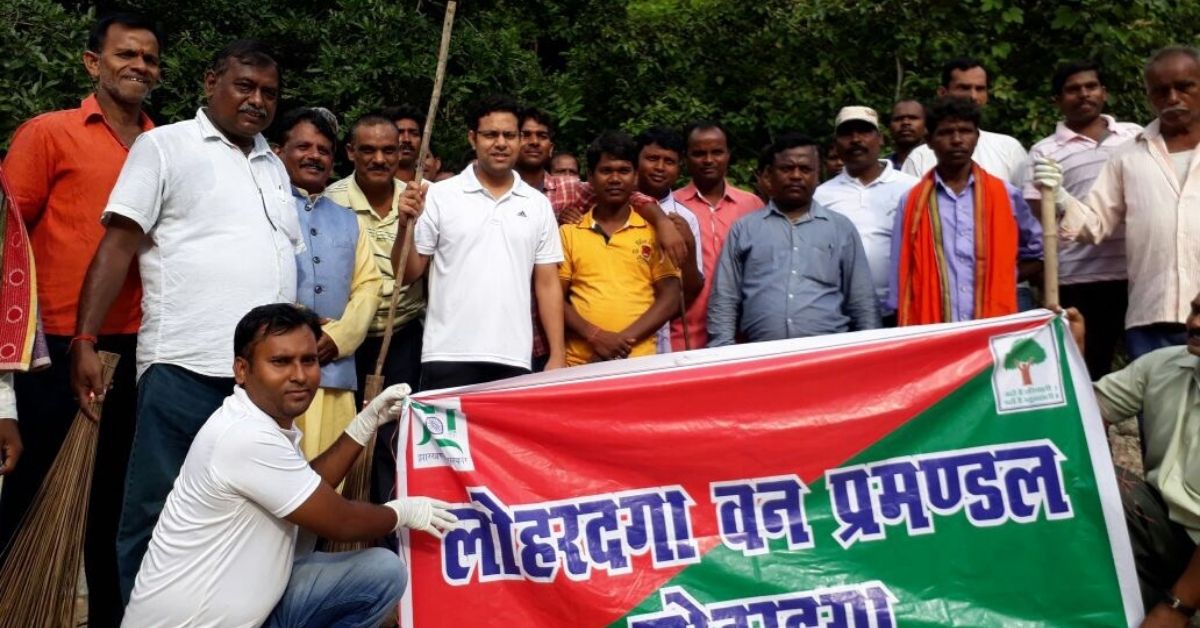
“This was probably the first time a senior officer was interested in our lives,” says Rajendra Saho, a JFMC member from Salgi village. He adds, “He worked on the field, met people and considered their suggestions. He even patiently explained the future repercussions of tree felling and humbly requested people to discontinue it. He took us into confidence and delivered on his promises.”
Vikas’ approach certainly opened dialogues and a few months later, nearly 130 JFCs joined the initiative.
Amidst the planning and execution, Vikas was threatened multiple times from the anti-social elements and sometimes even the villagers were warned for working in unison with the government officers. However, that did not deter from doing his job. He approached the local police and administration to increase patrolling and protection for people’s safety.
Vikas utilised livelihood augmentation government programmes and conducted several training programmes in beekeeping and bamboo handicrafts.
“We distributed beekeeping and bamboo craft training kits across 150 villagers to reduce their dependence on forest. We also connected the villagers to local vendors and wholesalers to sell their products like baskets, lamps and pen stands. Nearly 125 families are earning their livelihood from practising beekeeping outside in their home premises. Apart from this, we installed an oil processing machine at our headquarters that villagers can use free of cost,” he mentions.
Changing the Forest Landscape

Before executing new projects, Vikas focussed on stopping existing practices like forest fires and dumping of waste near Namodag waterfall, a popular tourist spot through awareness and mobilisation.
Due to these problems, there was hardly any forest patch left with more than 30 per cent density so the first task was launching a massive afforestation drive roping in the village communities.
In 2017, 3 lakh tree saplings of local varieties were planted across 5000 hectares. Next, to retain rainwater, the forest division built nearly 20 check dams and created man-made ponds.
The trained staff and experts worked towards other forest augmentation activities like soil moisture conservation in the catchment area to arrest run-off and soil erosion and eventually increase groundwater tables.
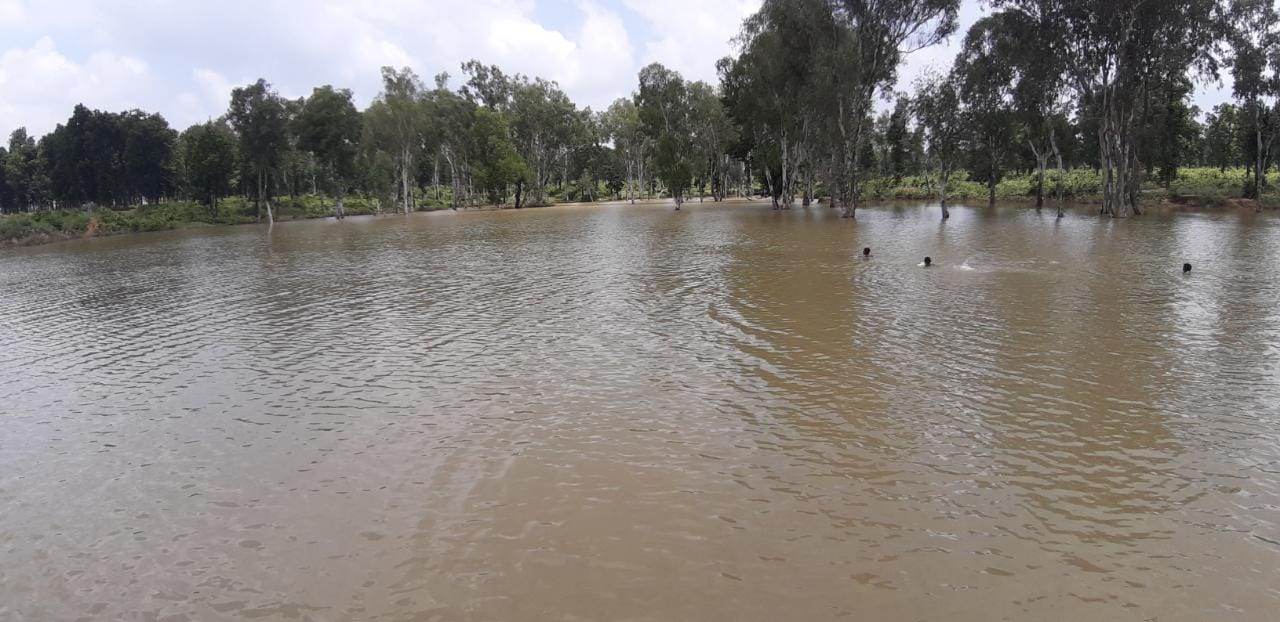
In the absence of forest fires and tree felling, the undergrowth of trees increased, thus improving overall density.
The forest department initiated the silviculture operation—a practice of regulating the growth, health, composition, and quality of forests—to clear paths for new trees. Other indicators of healthy growth were forest litter, lichens and termites.
“Presence of lichens and termites means healthy air quality as they cannot survive in pollution or when the moisture content is low. River Auranga which had receded in the past to almost a kilometre down reclaimed its original regime. Due to better water retention capacity of the forest now, the perennial character of the river’s origin has regained its lost origin. This has not only motivated the forest department to further efforts towards conservation but also brought locals closer to the idea of conservation as they have cultural values attached to the origin of rivers. A similar impact is also observed in other rivers and streams originating in this forest,” explains Vikas.
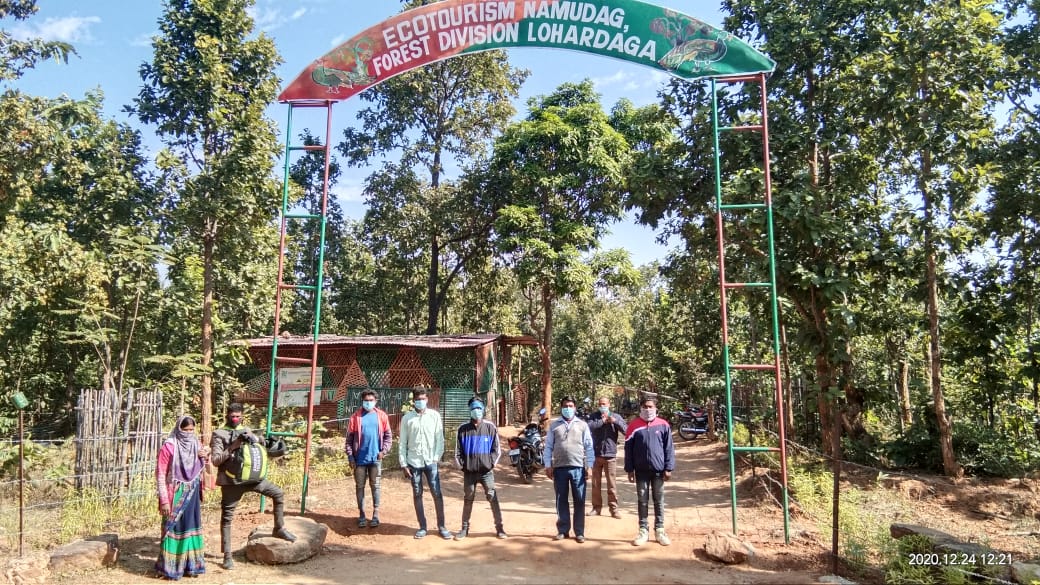
A by-product of forest plantation is the introduction of ecotourism in Namodag village that is generating employment for nearly 40 people who have been appointed to manage ecotourism sites as guides. The villagers charge a nominal fee to every tourist. On an average, each member earns up to Rs 6,000 every month.
“Namodag has Jharkhand’s second tallest railway bridge which can be seen from the middle of the pristine forest. It is a breathtaking view. Due to the clean environment, it has now become a popular tourist spot. Started in 2017, the registered count of tourists visiting here has crossed 2.5 lakhs since its inception. During peak days the number of visitors reaches as high as 10,000. The popularity of this place has generated enough buzz to attract tourists from nearby states and foreign countries as well,” says Rajendra.
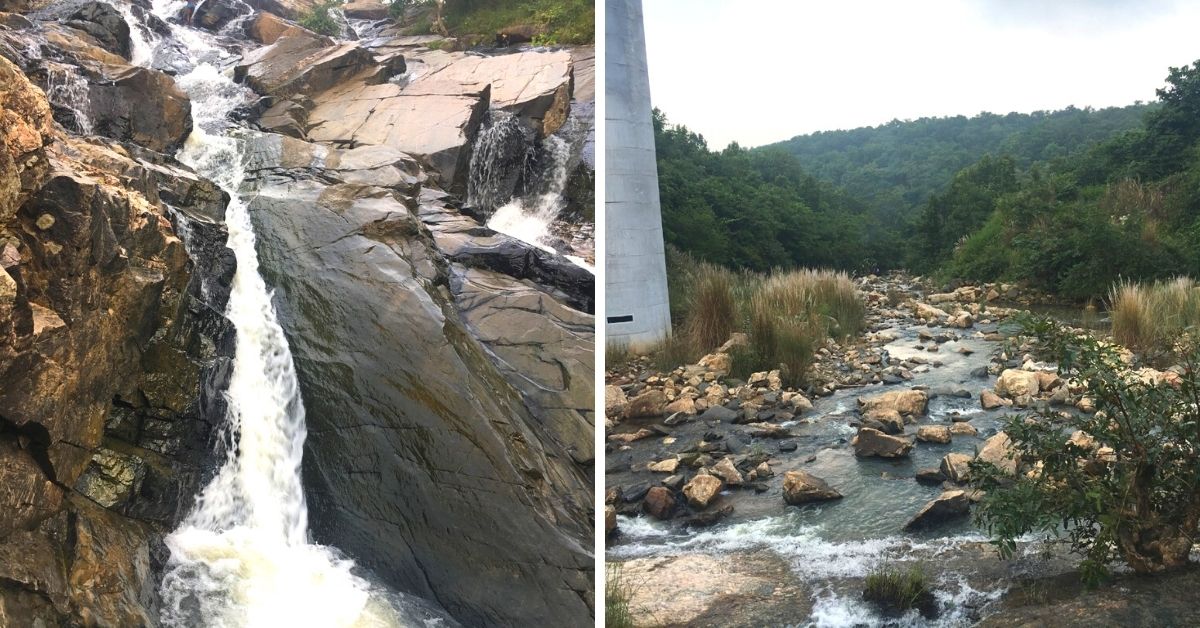
Popularity in tourism has also resulted in a reduction of tree felling by 90 per cent and the overall crime rate due to continuous movement of tourists and vigil of police in and around Namodag has also reduced.
All images are sourced from Vikas Ujjwal
(Edited by Yoshita Rao)
If you found our stories insightful, informative, or even just enjoyable, we invite you to consider making a voluntary payment to support the work we do at The Better India. Your contribution helps us continue producing quality content that educates, inspires, and drives positive change.
Choose one of the payment options below for your contribution-
By paying for the stories you value, you directly contribute to sustaining our efforts focused on making a difference in the world. Together, let’s ensure that impactful stories continue to be told and shared, enriching lives and communities alike.
Thank you for your support. Here are some frequently asked questions you might find helpful to know why you are contributing?


This story made me
-
97
-
121
-
89
-
167













